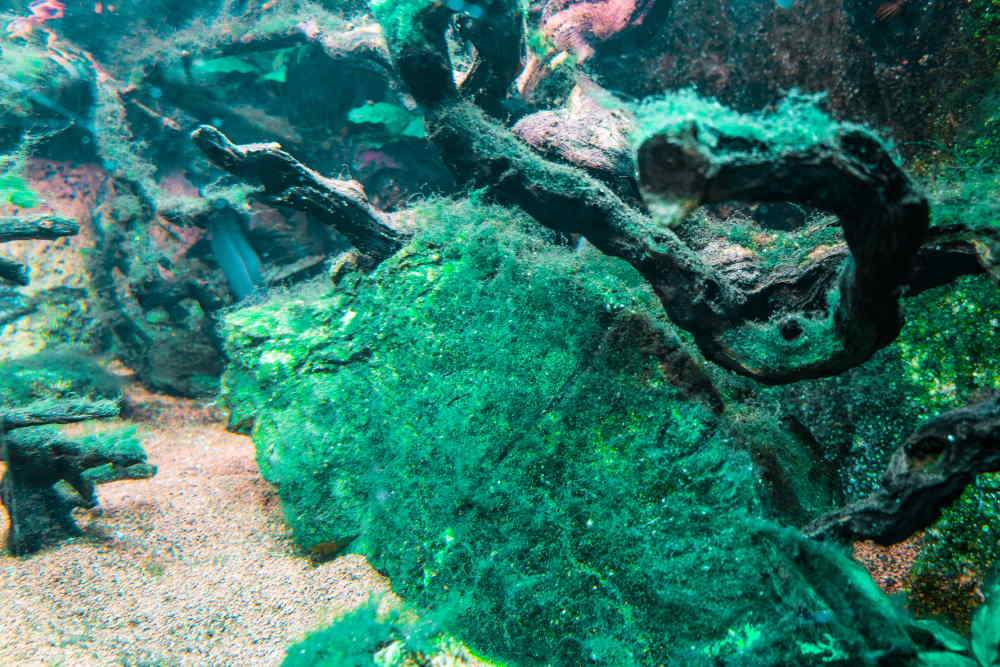thank you.
I never have cyanobacteria in my other tanks with gravels even when my 55gal have very high nitrate one time.
but beside the sand i also know that i kind of overfeed this tank because i see my corydoras are not growing fast enough. My first thought was the honey gouramis and ember tetras eat all the food before it get to the bottom of the tank.
i should increase the flow for this tank and lessen the food.
Sand per say is not an issue, but allowing it to become organic-loaded obviously would be, as would any gravel substrate. Also, water flow has absolutely no relevance.
[I deleted the sentence here about cyano on my filter return as I realized I had confused brush algae with cyano, sorry for any misunderstanding.]
Cories need proper sinking foods, and Ember Tetras are not going to be able to eat this before it reaches the substrate, nor will gourami. In tanks with both upper and lower fish, I add the floating flake/mini pellet food for the upper fish, and then the sinking pellets/tabs for the cories.
Last edited:



